Blue Ridge Reservoir, also known as CC Cragin Reservoir, is a hidden gem located in Arizona’s Rim Country.
It is a peaceful place away from the crowds to kayak, paddleboard, or go fishing. Keep reading to discover everything you need to know about visiting Blue Ridge Reservoir.
*This post contains affiliate links. We may receive a small commission through products purchased through links on our site, at no additional cost to you.
Tips for Visiting Arizona’s Blue Ridge Reservoir
Table of Contents
- Blue Ridge Reservoir Visitor Information
- Directions to Blue Ridge Reservoir
- Camping at Blue Ridge Reservoir
- History of Blue Ridge Reservoir
- Visiting Blue Ridge Reservoir
- Other things to do near Blue Ridge Reservoir
Blue Ridge Reservoir Visitor Information
- Fee: There is no fee or permit required to visit the reservoir
- Hours: The access road to the reservoir is closed during the winter months. Check the Forest Service website for current status.
- Amenities: There is limited parking at the boat ramp (about 7 spots). Additional parking is found a little further up the road above the ramp. Restrooms with pit toilets are located in the parking area.
Directions to Blue Ridge Reservoir
Blue Ridge Reservoir is located near Clint’s Well in the heart of Arizona’s Rim Country.
It is about an hour north of Payson and 40 minutes northwest of the cute little mountain town of Strawberry.
Blue Ridge Reservoir is situated at the top of the Mogollon Rim in the Coconino National Forest.
From Strawberry, take Hwy 87 north for about 24 miles until you reach FR 751.
FR 751 is a maintained gravel road that leads to a small boat launch ramp after about 4.6 miles.
The road gets a little rough, especially toward the end, so a high-clearance vehicle is recommended.
If you are using Google or Apple Maps, I would recommend putting Rock Crossing Campground into your map as directions to the boat ramp don’t always pull up.
From the campground, just continue for 2 miles down the road until you reach the ramp.
Camping at Blue Ridge Reservoir
The Rock Crossing Campground is located about 2.5 miles down FR 751 and about 2 miles before the boat ramp.
Dispersed camping is also available along Forest Road 751.
The campground is open May-September. Some sites are available by reservation while others are first-come-first-serve. The fee is $20 per night.
History of Blue Ridge Reservoir
In 1965, the Phelps Dodge Corporation built a dam at East Clear Creek to create Blue Ridge Reservoir.
This was done in order to provide an additional water supply to the town of Payson and the surrounding area.
Blue Ridge Reservoir was acquired by SRP in 2005 from Phelps Dodge.
After the acquisition, the name was changed from Blue Ridge Reservoir to CC Cragin Reservoir.
It was named in honor of one of SRP’s early hydrologic engineers that played a foundational role in utilizing SRP’s water management system to generate hydroelectric power in the 1920s and 1930s.
Despite the name change, the reservoir is still most often referred to as Blue Ridge Reservoir by locals.
Visiting Blue Ridge Reservoir
Instead of a typical reservoir lake, Blue Ridge Reservoir is more of an 8-mile-long freshwater river that winds through a narrow gorge.
You won’t find any sandy beaches along the water, instead, you’ll be in the shadows of towering cliffs covered with a thick forest of Ponderosa Pines.
This is one of the most scenic waterways in Arizona and you’ll feel as if you’ve been transported to the Pacific Northwest.
The remote location and serene canyon make Blue Ridge Reservoir one of the best places to kayak and paddleboard in Arizona.
And if you’re looking for a paddleboard, we’ve been happy with the quality and price of Goose Hill.
The water level at the reservoir has an average depth of 147 feet, depending upon the spring snowmelt and dam regulations.
The water tends to be higher in the late spring and early summer, and lower towards the end of summer and fall. It will also be lower during seasons of drought.
We visited in October after a particularly dry year and the water level was pretty low. When the lake is full, the waterline goes all the way up to the trees.
Because of the high elevation and snowmelt, the water is frigid cold all year round, even in the summer. It is even known to freeze over sometimes in the winter.
The boat ramp is located near the middle of the lake.
Once you launch your watercraft, you can paddle upstream to the right of the ramp for 3 miles, or paddle downstream to the left toward the dam for 5 miles.
High-clearance vehicles can also drive to the dam, but the road after the boat ramp is quite narrow and rugged.
Just keep in mind that there are no other launch points along the reservoir. The only way to access the water is at the boat ramp.
Blue Ridge Reservoir is also a popular fishing spot. Only motorized boats under 10 horsepower are allowed on the water.
If you are planning to launch your watercraft with a trailer, then it may be tricky if the water level is too low. Check SRP’s watershed site for current water levels.
Just note that vehicles over 22 feet long or trailers longer than 50 feet are not allowed on FR 751 after Rock Crossing Campground.
The reservoir is stocked with rainbow, brook, and brown trout by the Arizona Game and Fish Department. You can also catch tiger trout, sunfish, and catfish.
Although Blue Ridge Reservoir is still considered a hidden gem, it is a popular hangout for locals and can get busy during summer and holiday weekends.
I would recommend coming during the week in the summer months, or visiting in the spring or fall during the shoulder season.
For more hidden gems, see our guide 7 Underrated Spots You Need to Visit in Arizona.
Other things to do near Blue Ridge Reservoir
While you are in the area, I would highly recommend spending the weekend in Strawberry/Pine.
Book a night at The Strawberry Inn and spend the afternoon antique shopping, visiting the farmers market, hiking a portion of the Arizona Trail, or picking up lavender soap at the nearby Pine Creek Lavender Farm.
For restaurant recommendations, grab a bite to eat at PIEbar AZ, Old County Inn, or Pinewood Tavern.
There is also plenty to do near Payson, including visiting Tonto Natural Bridge, swimming at Fossil Springs, hiking the Horton Creek Trail, or the Water Wheel Falls Trail.
For more details and recommendations, see our complete Strawberry Arizona Travel Guide.
I hope this guide will help you as you plan your visit to Blue Ridge Reservoir!
Other posts you might like:
- A Local’s Guide to Pinetop Arizona
- The Ultimate Guide to Saguaro Lake
- Cibecue Falls: Arizona’s Best Kept Secret
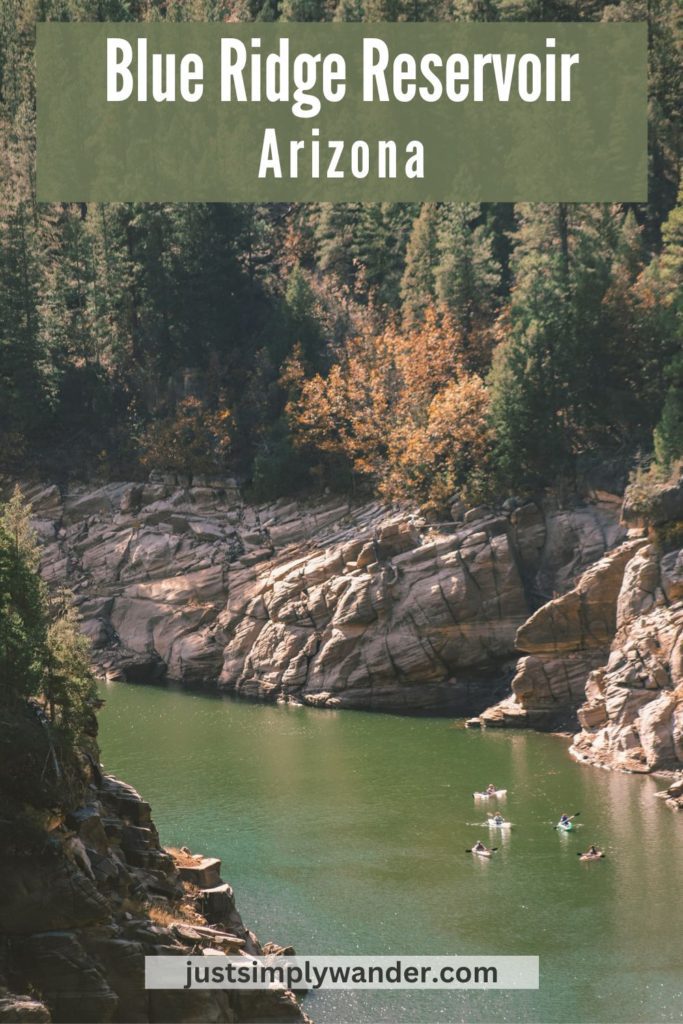
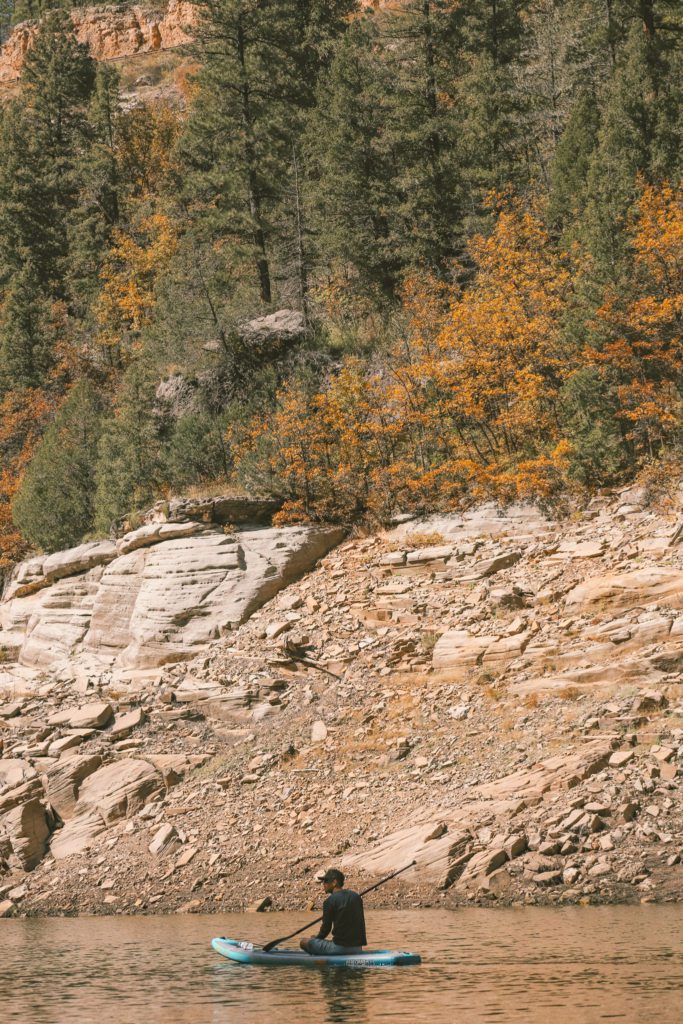
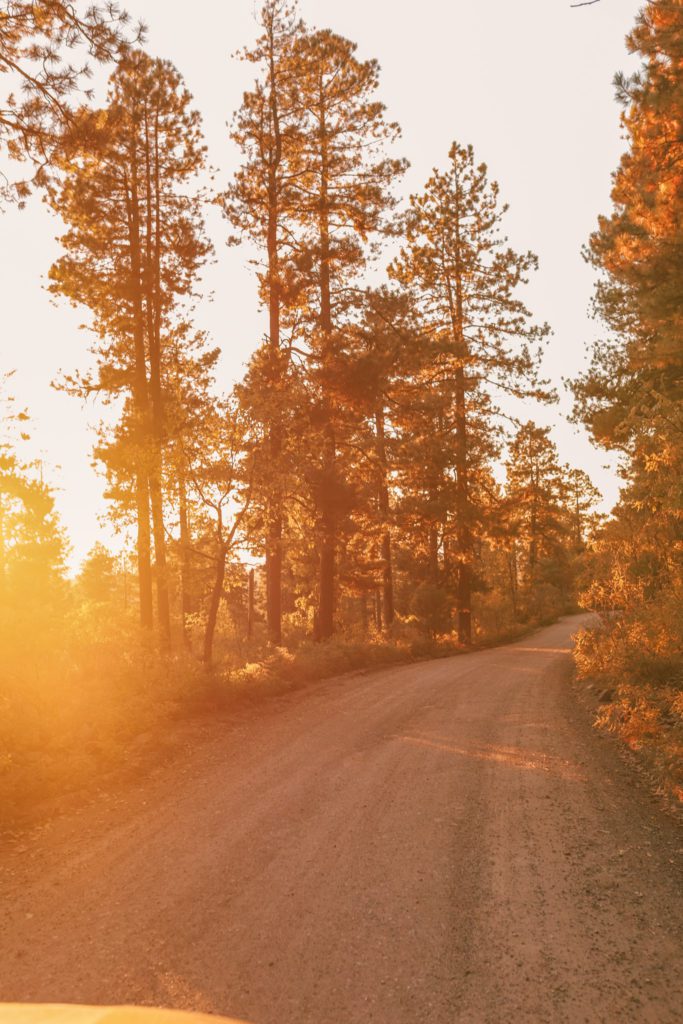

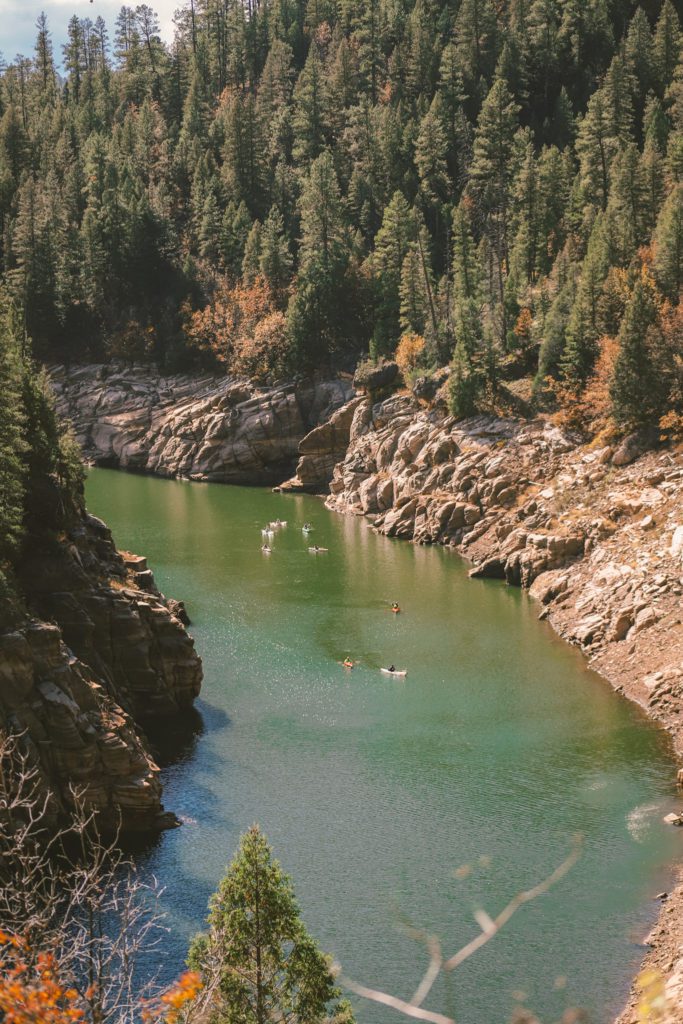
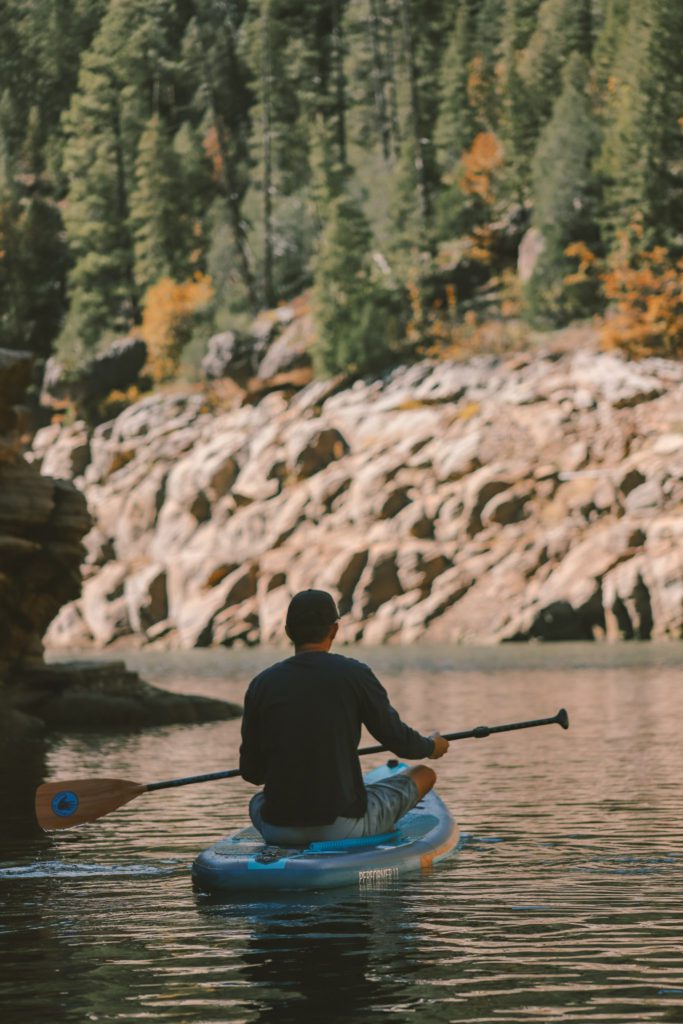
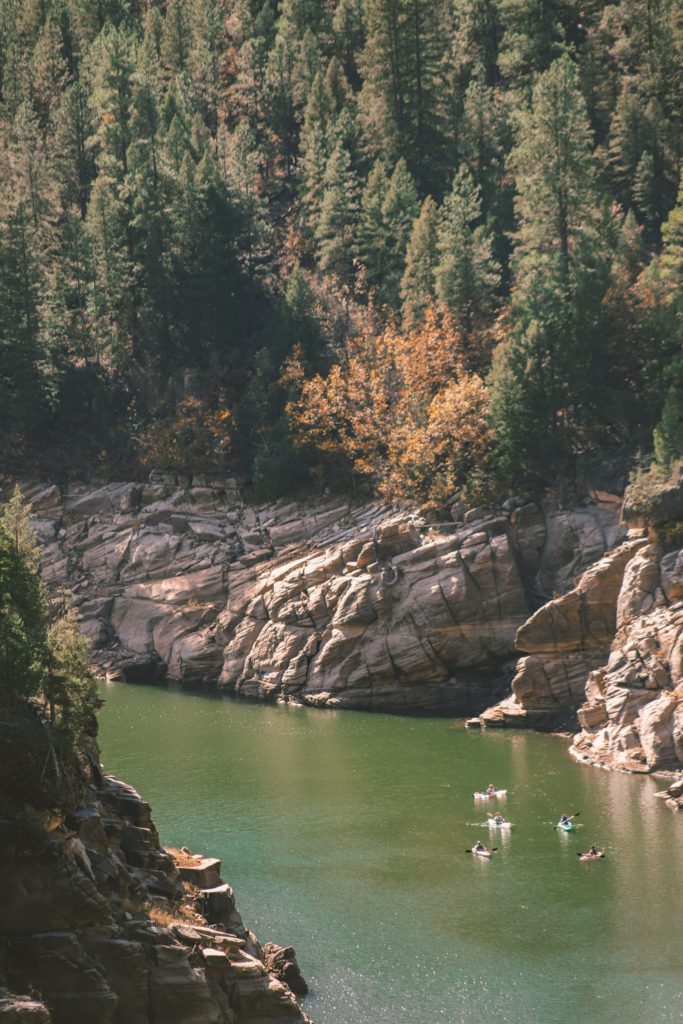
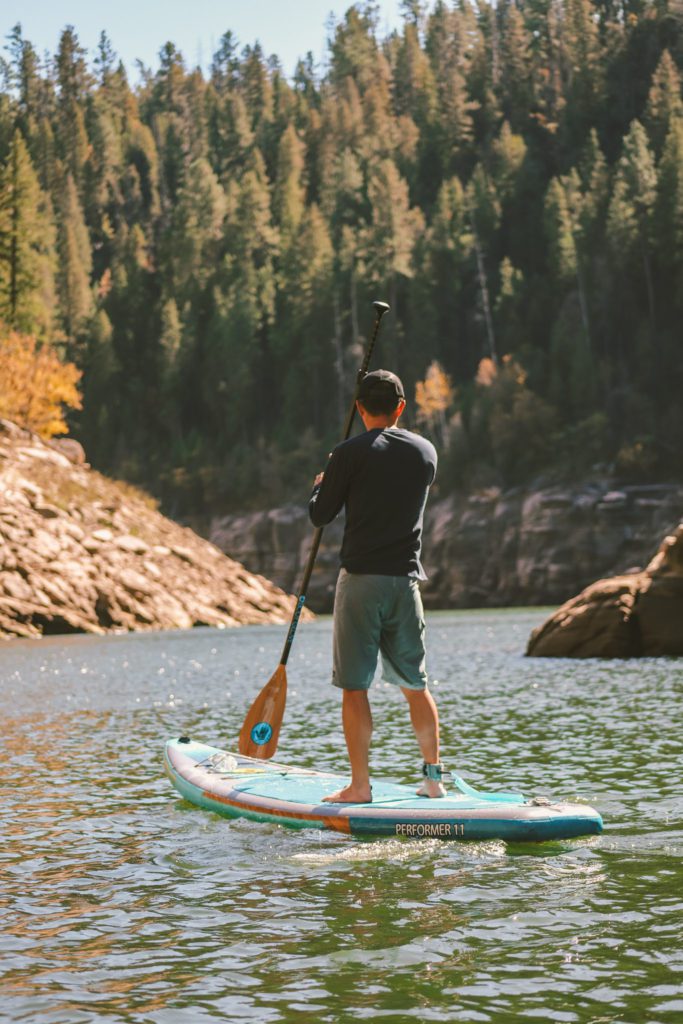
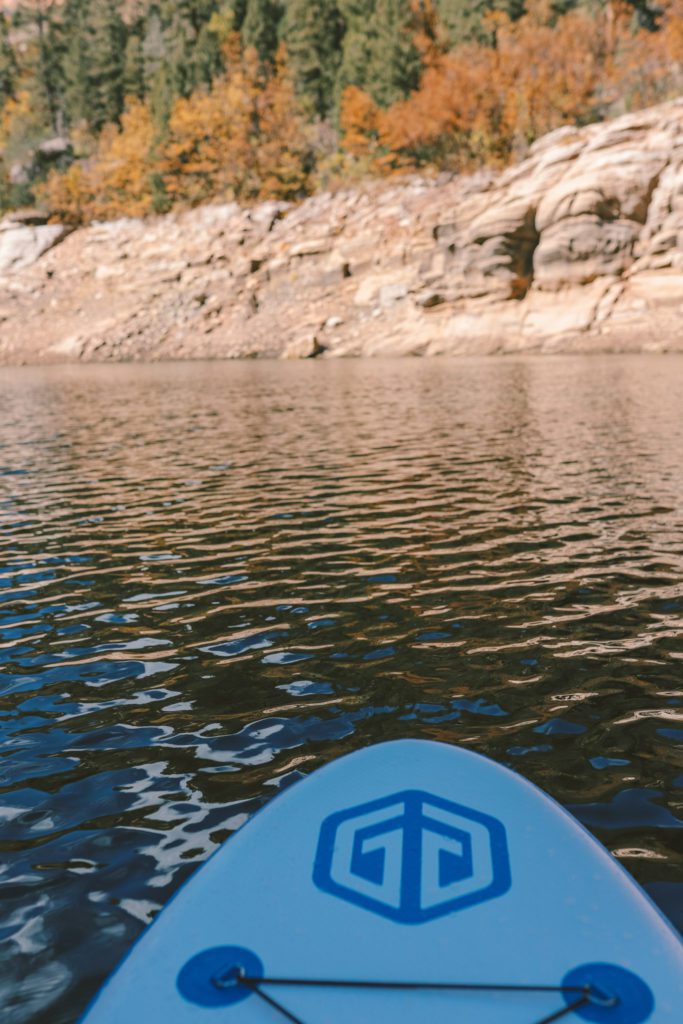
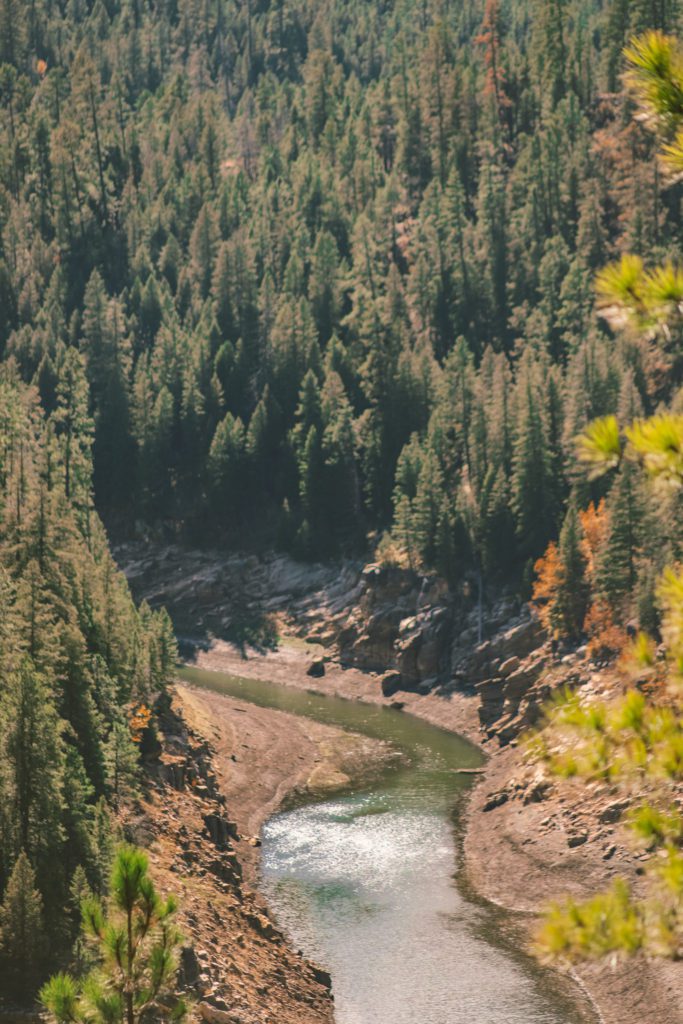
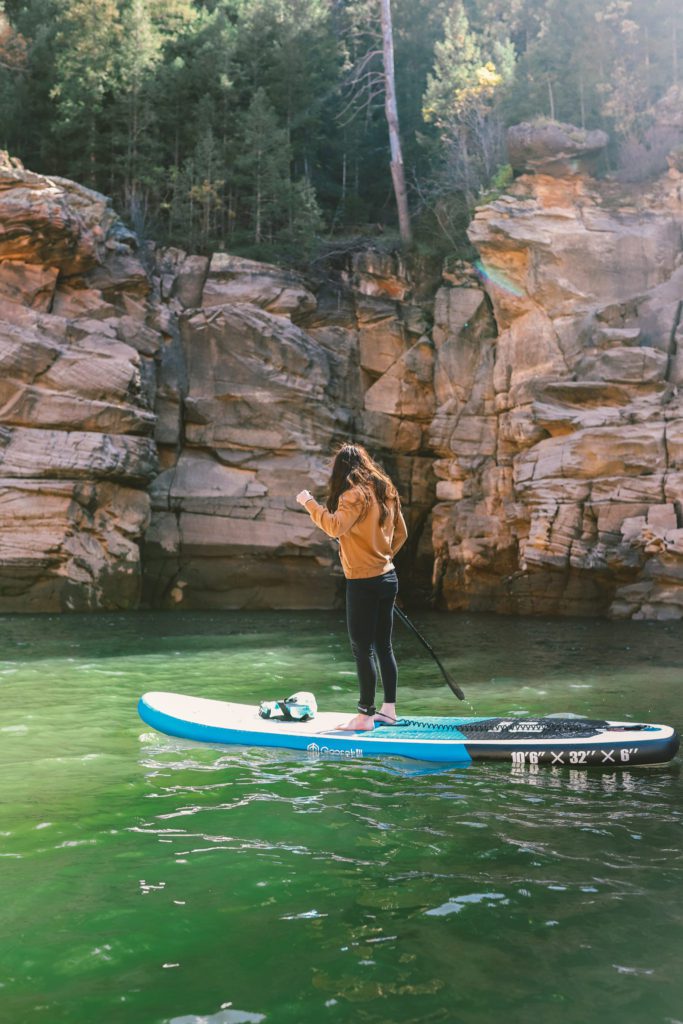
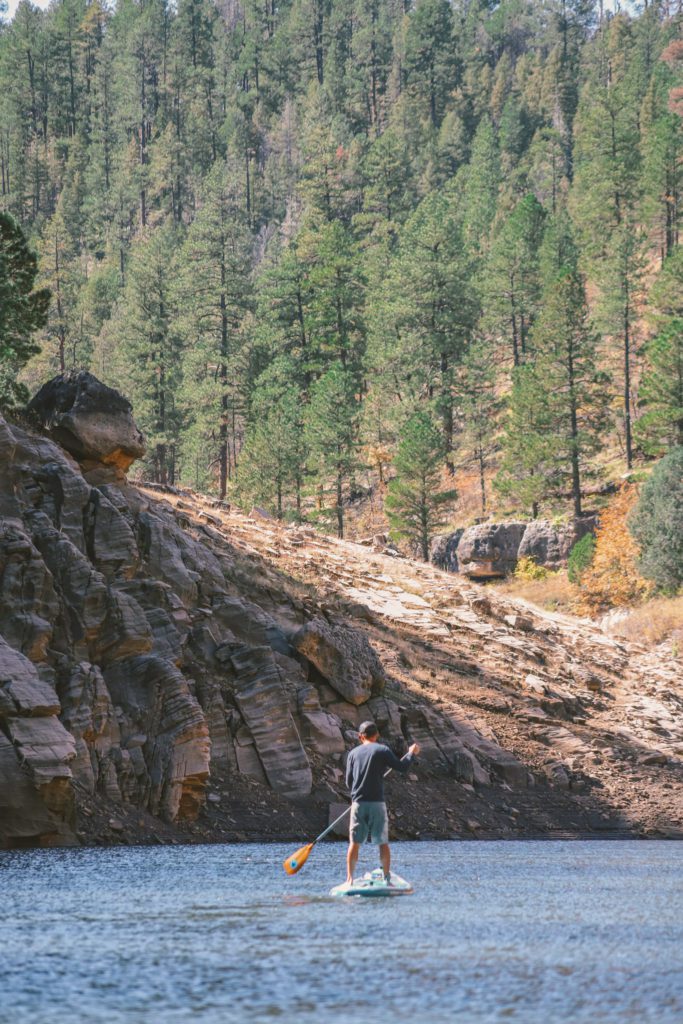
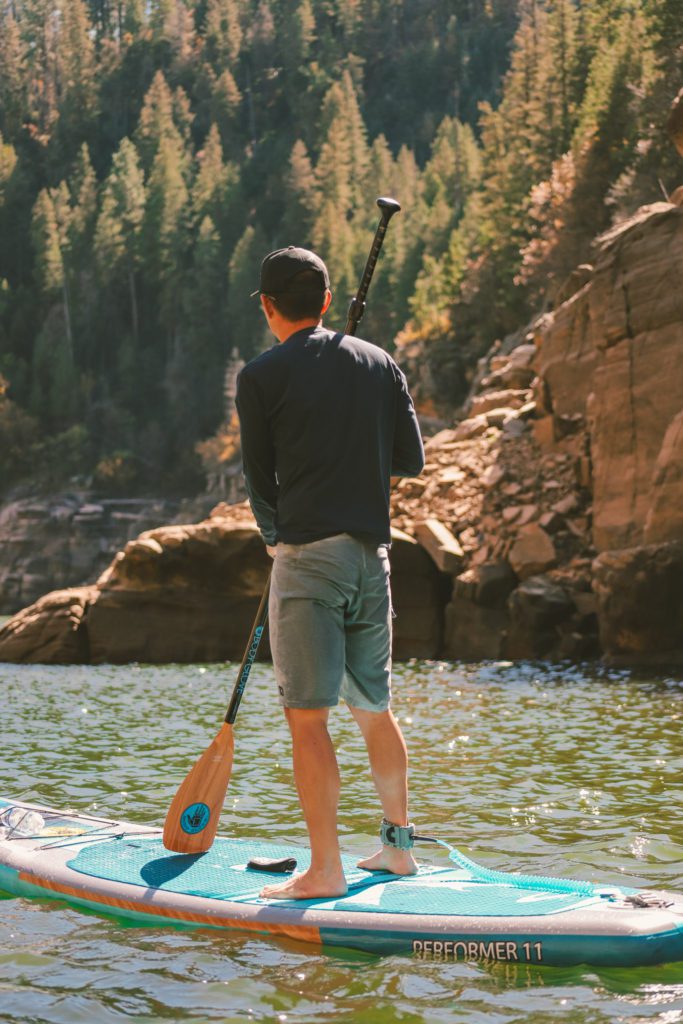


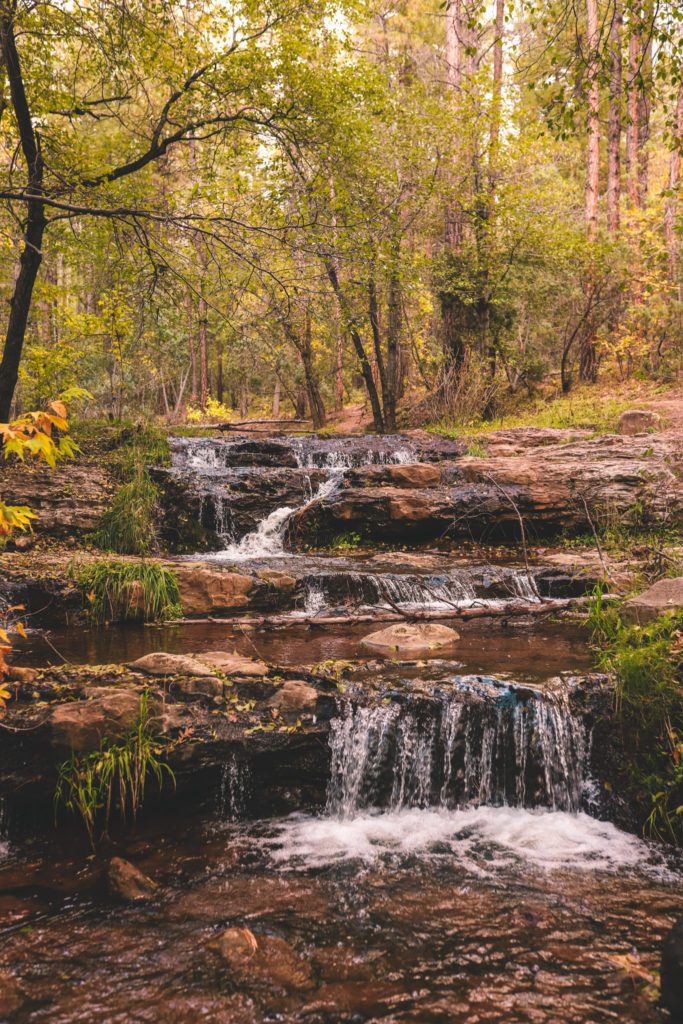
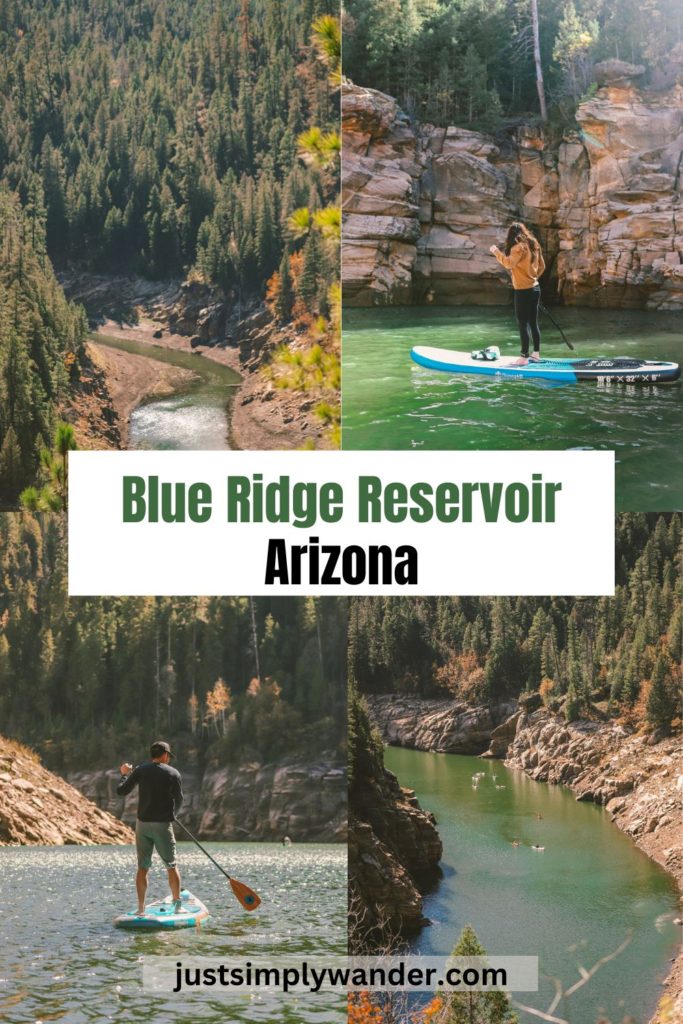



Beautiful article!